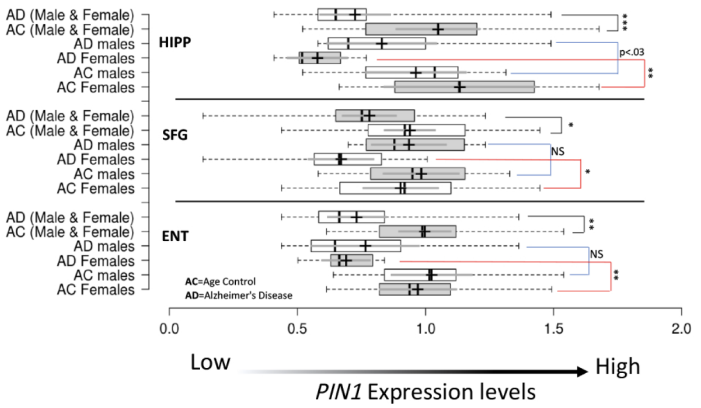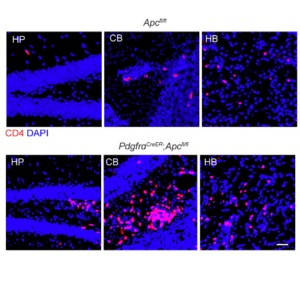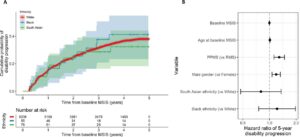
Camila de Ávila, et al. – Arizona State University.
This study identifies PIN1 as a sex-specific marker for AD, with reduced expression in key brain regions occurring mainly or exclusively in female AD patients. While both male and female patients showed an inverse relationship between PIN1 expression and amyloid load, its expression was only correlated with Braak score and global cognitive function in female subjects. Given that its expression is lowest in AD patient neurons without neurofibrillary tangles, and that it co-localizes with the early tau marker p-tau231 but not the late marker p-tau396, the authors speculate that PIN1 may be involved early in AD pathology.





